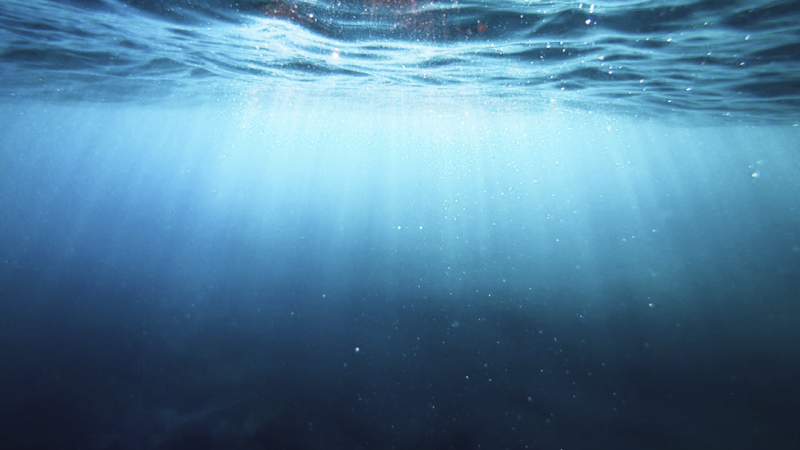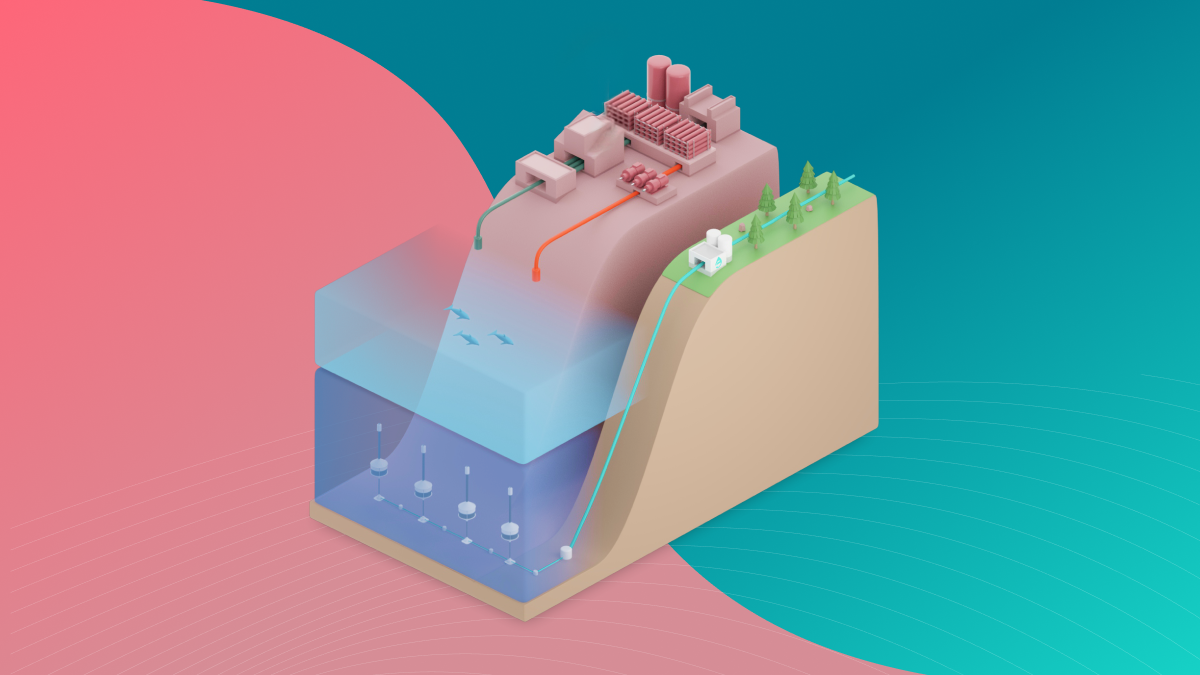Calabasas, CA – OceanWell and Las Virgenes Municipal Water District (LVMWD) announced today their partnership to pilot California’s first ever Blue Water farm. LVMWD Board of Directors approved a Memorandum of Understanding (MOU) that paves the way for the public/private partnership to research an environment-first approach that addresses the increasing concern of water scarcity and reliability. Blue Water is fresh water harvested from the deep ocean.
The first-of-its-kind project will test OceanWell’s proprietary water purification technology to produce safe, clean drinking water without the intense negative impacts of traditional desalination methods.
This collaboration comes at an opportune time, as the region rebounds from years of record-breaking drought that disproportionately impacted the LVMWD region. Diversifying LVMWD’s water portfolio is critical to minimizing future climate change impacts. This includes embracing innovative solutions to create a local water resource that reduces dependence on imported water.
“We are excited to embark on this cutting-edge initiative with OceanWell,” commented David Pedersen, LVMWD general manager. “Providing clean, healthy, and consistent water to our customers is the most important function of any water utility. Researching new technology can help us stretch every drop of water to ensure a more sustainable water future.”
This partnership could establish the first ever Blue Water farm by using OceanWell’s state-of-the-art submerged filtration technology that revolutionizes the process of supplying fresh drinking water from the ocean. Blue Water farms use water pressure at depths of over 1000 feet to drive the reverse osmosis process while safeguarding marine life and protecting delicate aquatic ecosystems. The system is reliable, low energy, easily scalable, negates the need for an onshore plant, and produces no harmful impacts.
"This MOU and the collaboration with LVMWD is a major milestone in our ‘environment first' strategy, aiming to bring OceanWell water farms to California municipal water systems," said Robert Bergstrom, OceanWell’s founder and CEO. "After seven years of research and technological development, we are proud to present OceanWell as a sustainable, reliable, and environmentally friendly source of fresh water."
OceanWell’s technology can be used in fresh, brackish, or saltwater environments, allowing any raw water source to become a potential source for drinking water. The pilot project will start testing the state-of-the-art technology in the District’s Las Virgenes Reservoir in the City of Westlake Village.
Be sure to visit lvmwd.com and follow LVMWD on Facebook, Twitter @lvmwd and Instagram @LasVirgenes_MWD to keep up to date on project development.
Las Virgenes Municipal Water District provides potable water, wastewater treatment, recycled water and biosolids composting to more than 75,000 residents in the cities of Agoura Hills, Calabasas, Hidden Hills, Westlake Village, and unincorporated areas of western Los Angeles County.
More information at: www.lvmwd.com

Heading

















